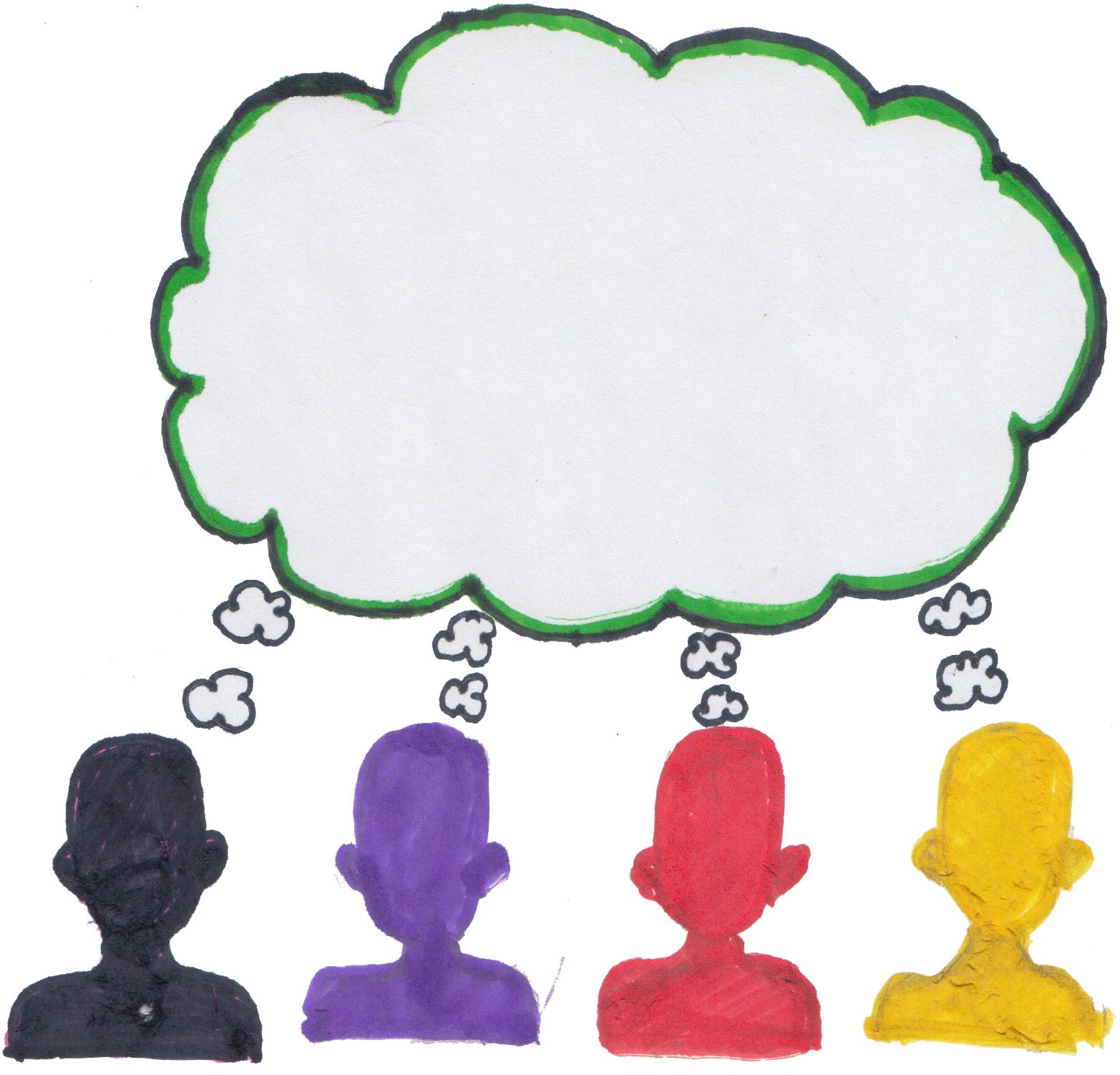Deerfield prides itself on its diversity. Each year, as a school, we ensure that all students and faculty recognize the vast array of countries that our students represent through the flag ceremony in the dining hall. We host various alliance meetings and celebrate the holidays of different cultures and countries. Our website states, “Diverse perspectives fuel creative and innovative thinking, build empathy and consideration, and provide varied skills and experiences from which the entire community benefits. … Deerfield Academy values and affirms the distinct identities and differences of each person.”
Because of this, many times, our community may just assume that Deerfield exemplifies diversity, and in doing so, we forget to ask ourselves the question: What does true diversity look like? It is admirable that Deerfield encourages students of different backgrounds to attend our school, but diversity on paper does not necessarily translate into diversity of thought. In spite of the wealth of experiences that our community collectively holds, as a school, we have become victim to labeling other sides as “communists” or “racists.” We have succeeded in fostering a community that is home to people who identify in different ways. However, we have not done enough work to create an environment where people can discuss different beliefs on social and political issues in our community openly without fear of immediate and harsh backlash.

This truth become especially clear during the 2016 presidential election. Students who identified as supporters of either Hillary Clinton or Donald Trump increasingly became frustrated with each other. The fault was not entirely on the student body. Some students felt that the school would bring speakers to campus who almost always supported Hillary Clinton and would speak out against Donald Trump. Additionally, others have reported teachers calling them out for wearing a Young Republicans sweatshirt or voicing approval for Trump. Regardless of where you lie on the political spectrum, the perception that the school has only heeded one side has left the other frustrated. Furthermore, this one-sided mentality toward dialogue is not limited to political beliefs; religion, disciplinary cases, and classism at Deerfield are other topics that we either shy away from or only approach from one perspective.
Instead of focusing on our own personal beliefs or one side of an issue, we should focus on creating a school that embraces pluralism. According to the Pluralism Project sponsored by Harvard University, pluralism focuses on the “energetic engagement with diversity” rather than diversity alone. Considering how demographically diverse the Deerfield community is, when we confine ourselves to friend groups that are similar to us or remain silent in class discussions, we are losing out on an incredible opportunity that Deerfield offers us each day.
As for the faculty and the administration, our school often claims that it is preparing students to become successful and empowered adults in the real world. And it is true that many of the alliances and on-campus initiatives that promote dialogue have made some progress and are continuing activities to push students of various backgrounds to connect. Nevertheless, we must ask ourselves, “Have we made enough progress to the point that we can call ourselves a school that exemplifies diversity of thought?” The answer is: not yet. In the real world, if Deerfield does not train its students to actively seek rather than shy away from opportunities to express their opinions and converse with their peers, the extent of the impact that students could have on their communities will be limited.
So what would a Deerfield that embraces pluralism look like? Taking the steps toward reaching this goal does not have to be complicated. A Deerfield student body that took diversity of thought to heart would actively seek to understand and discuss others’ perspectives in a wide variety of settings, including classroom discussions, alliance meetings, and conversations in the dorm. Instead of just signing up for the same set of co-curriculars each term, we would ideally branch out of our comfort zones, try a new activity out, and forge relationships outside our immediate friend groups. If we as students attempt to put these steps into action on a day-to-day basis, we would gradually begin to change our school culture that celebrates rather than ignores pluralism.
We are lucky to be home to students with such diversity in thought; we just have to learn to appreciate it and make the effort to engage in difficult discussions in the classroom, in the dorm, and beyond. Rather than only surrounding ourselves with people who enforce our opinions, we have to have meaningful conversations with others in order to foster a community that truly embraces diversity.

